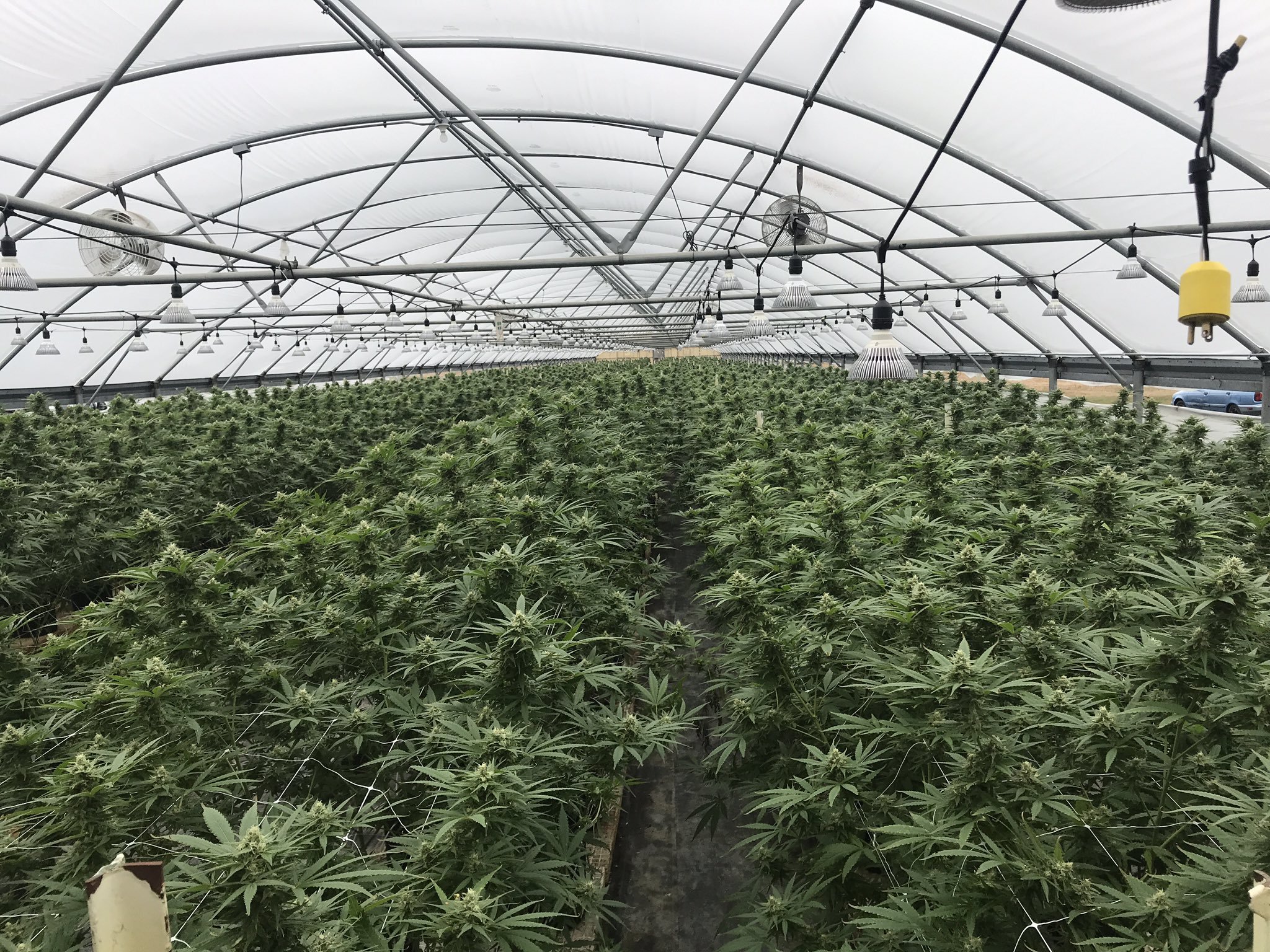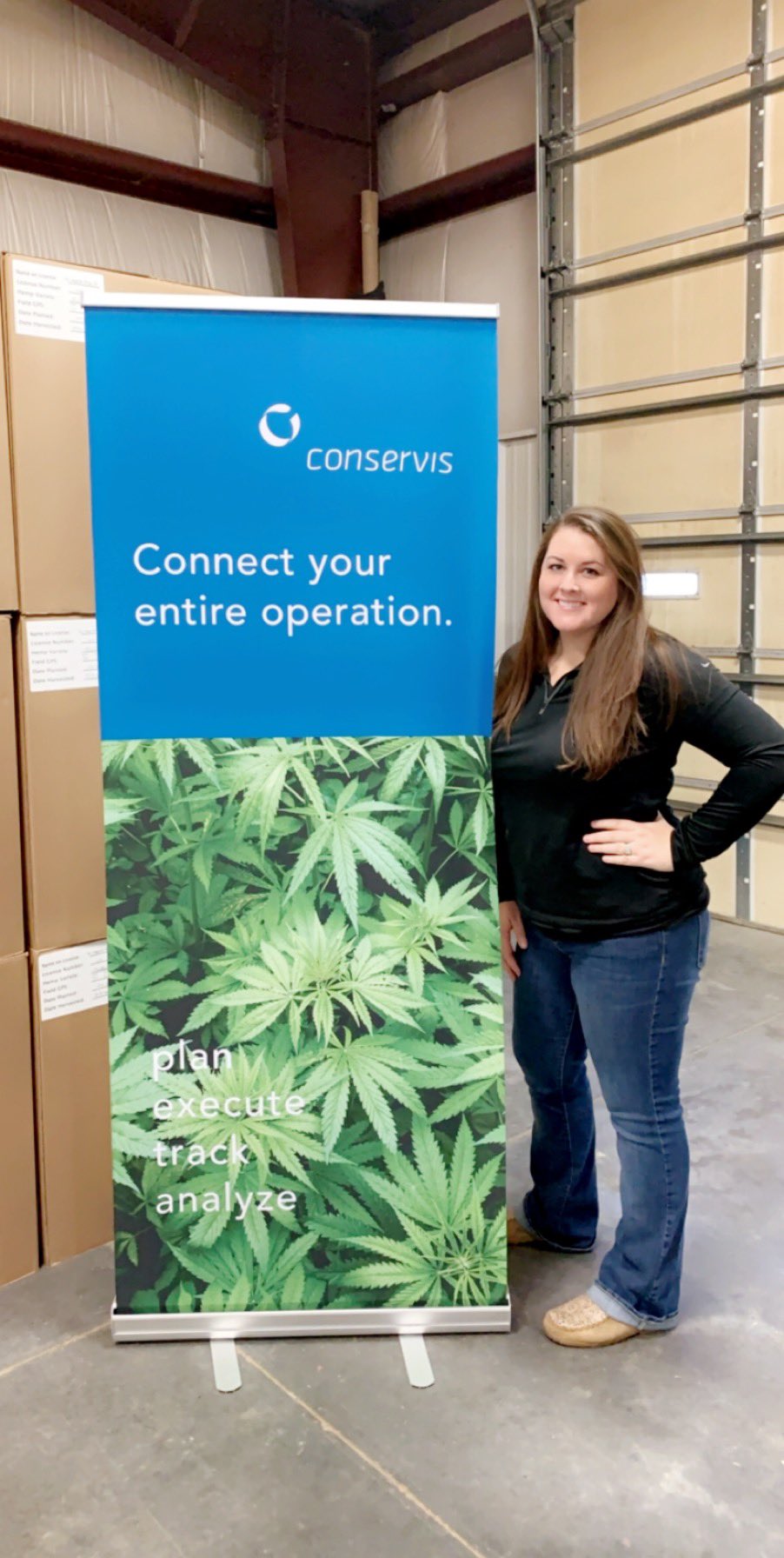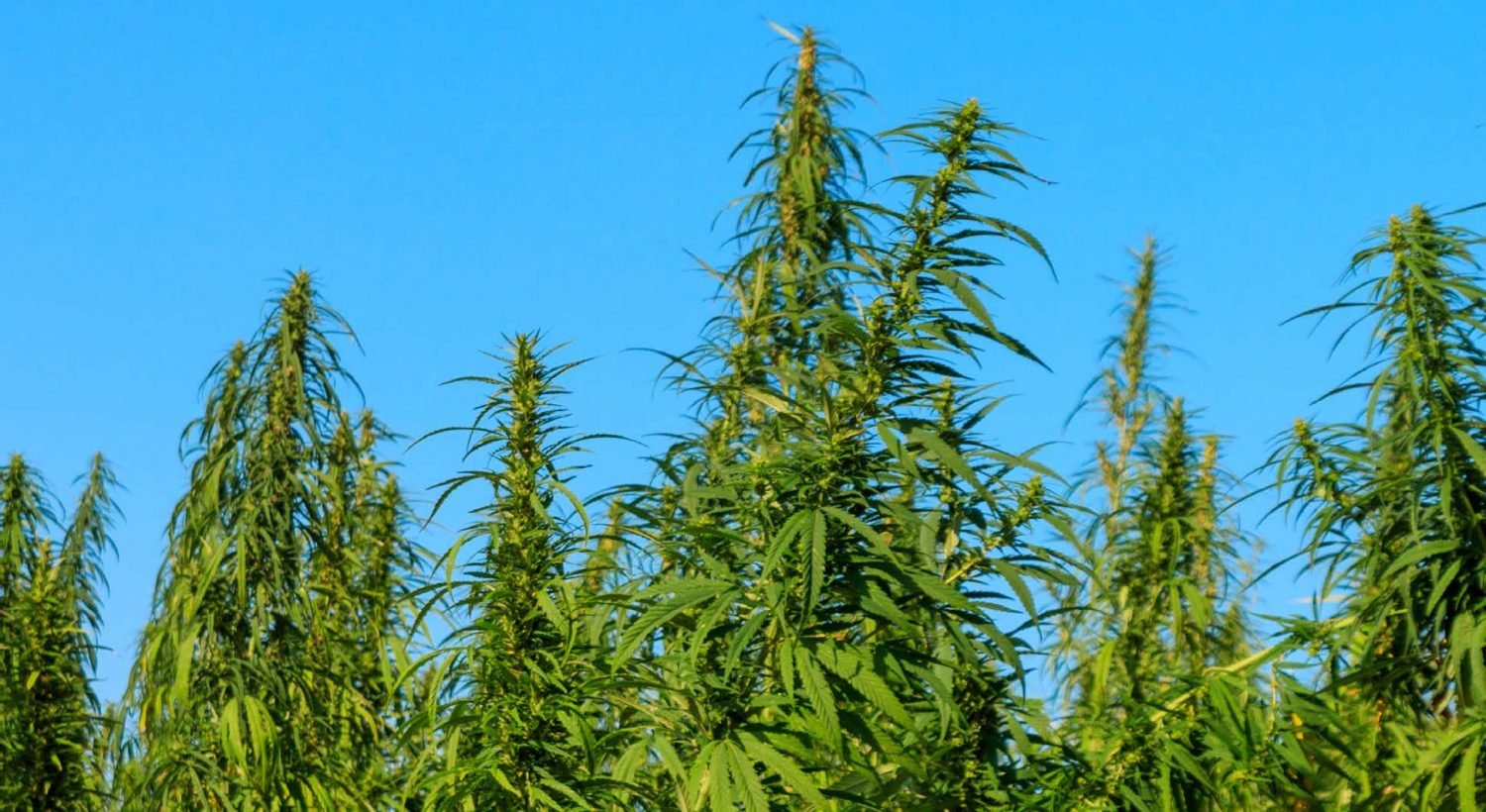Hemp is coming.
Since the production of hemp as an agricultural commodity was declared federally legal in the 2018 Farm Bill, there’s been lots of talk regarding its potential in large-scale agriculture. Crop growers and other stakeholders have been anticipating more clarity around a regulatory framework.
A few weeks ago, the USDA released new guidelines, further clarifying what it might look like for growers to raise this crop. A recent article from the American Farm Bureau Federation gave credit to the USDA in moving hemp forward: “[T]he department deserves significant credit for putting together a comprehensive set of regulations for a complicated issue in a relatively short period of time."
Here’s what the USDA said, and what challenges and questions remain.
Summary of the new USDA hemp guidelines

You can read the full text of the guidelines, but here’s a summary.
- The official permission to begin farming, except in 4 states. The guidelines give farmers the go-ahead to plan their hemp farming in most states. There’s no opportunity yet, however, in the states where hemp production remains illegal (South Dakota, Mississippi, Idaho, and New Hampshire)—the guidelines allow for states to continue to ban it.
- Required FSA reporting. Licensed hemp growers are now required to report their hemp acreage to the FSA, which will help keep tabs on U.S. production.
- Sampling/harvest regulations. To be classified as hemp, plants need to remain under .3% THC. Hemp can turn “hot,” meaning that its THC level can increase past the minimum, making it technically marijuana. The guidelines state that crops need to be tested within 15 days prior to harvest, but the specifics here remain somewhat murky and complicated. (The USDA is requesting comment from the public regarding this process, and growers currently experimenting have the opportunity here to weigh in through the end of 2019.)
- Ramifications for the farmer of growing “hot” hemp. Despite their best efforts, it’s possible that a grower may produce plants that exceed the .3% THC limit. As long as the farmer has taken steps to grow legitimate hemp, and as long as it doesn’t test over .5% THC, a producer isn’t considered to have committed a negligent violation. If a grower is negligent in their hemp production three times in a five-year timespan, they are ineligible to produce for the next five years, but the violations are not categorized as criminal violations.
- Disposal of “hot” hemp. If a plant is over .3% THC, it’s considered a controlled substance (marijuana) and needs to be disposed of according to protocol by a DEA-associated institution or law enforcement officer. The ruling doesn't address this issue in the way farmers hoped, but the reality is that this particular issue isn’t in the scope of the USDA to address differently (since hot hemp is technically marijuana, it's under the FDA's jurisdiction).
- Interstate transport. These new regulations reaffirm that no restrictions on the transportation of hemp may occur — good news for growers as it provides easier and safer access to any markets out there. States that have not legalized the production of hemp cannot interfere in its interstate transport. (This past spring, a large load of hemp was seized in Idaho, causing significant issues for the farm.)
- Background checks for workers on a hemp operation. The only people in an operation who need to submit a criminal history report are “key participants,” which the ruling defines as individuals who have financial interest in the business (owners, partners, and investors are included, but not managers or field workers). Labor shortage is a real issue on the farm, and this ruling was helpful for growers.
Getting these regulations in place is another step in the right direction for farmers currently growing or considering hemp, but it’s also helpful on a broader scale. As production of hemp becomes more regulated and mainstream, other stakeholders like banks and insurance can begin participating in the establishment of guidelines and procedures, leading to more participation and diminished risk.
Conservis is here for hemp
We’ve been paying close attention to the hemp conversation. Conservis has been active at hemp summits, trade shows, and educational courses; we understand what’s being asked of hemp growers as well as the unique processes and practices hemp growers have on their farms as they dip their toes into this new market.
Questions remain, but that’s always the case with something new. We believe hemp has real potential for all types of growers, and we’re here to help.
Interested in learning more about adding hemp to your operation? Click below to start a conversation with one of our hemp experts.


